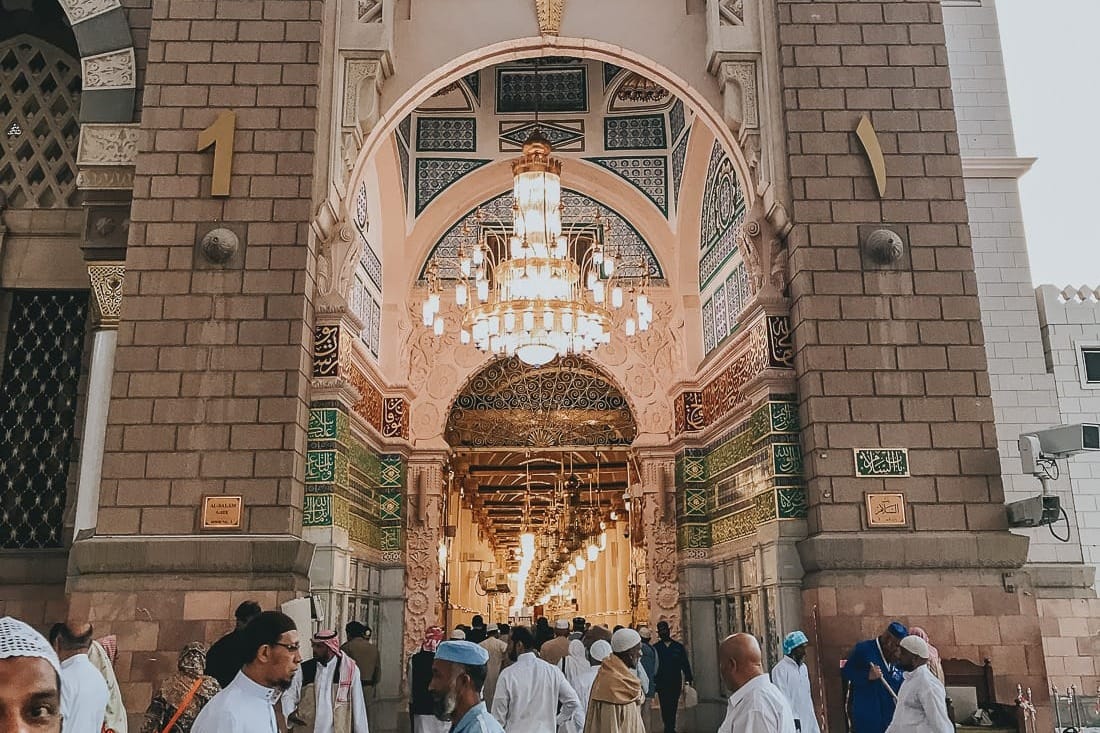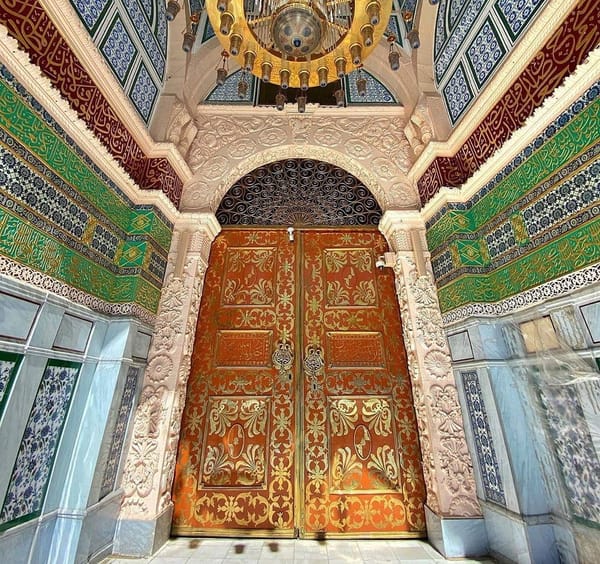One of the most iconic entrances to Al-Masjid an-Nabawi, Al Salam Gate—also known as Bab Al-Salam or Salam Gate Madinah—is more than just an entryway. It’s a historic threshold that holds deep religious and cultural significance for millions of Muslims visiting the Prophet’s Mosque. Whether you're a first-time pilgrim or a history enthusiast, understanding the story behind Al Salam Gate enriches your visit to Madinah.
In this guide, we explore everything you need to know about Al Salam Gate: its history, architectural beauty, significance in Islamic tradition, and essential visitor tips.
A Historical Overview of Al Salam Gate
Meaning of the Name
The word Salam means peace in Arabic. The gate symbolizes a peaceful entry into one of the most revered places in the Islamic world. Historically, it was the original gate used by the early companions and pilgrims to enter the mosque and visit the Prophet’s resting place.
A Gateway to the Prophet’s Mosque
Al Salam Gate is situated on the western side of Masjid un-Nabawi—the second holiest site in Islam. This gate has long served as the main entrance for those wishing to visit the Rawdah (Riyadh al-Jannah) and offer Salam (greetings) to Prophet Muhammad (ﷺ), making it one of the most spiritually significant spots in the mosque.
More About Riyaz ul-Jannah
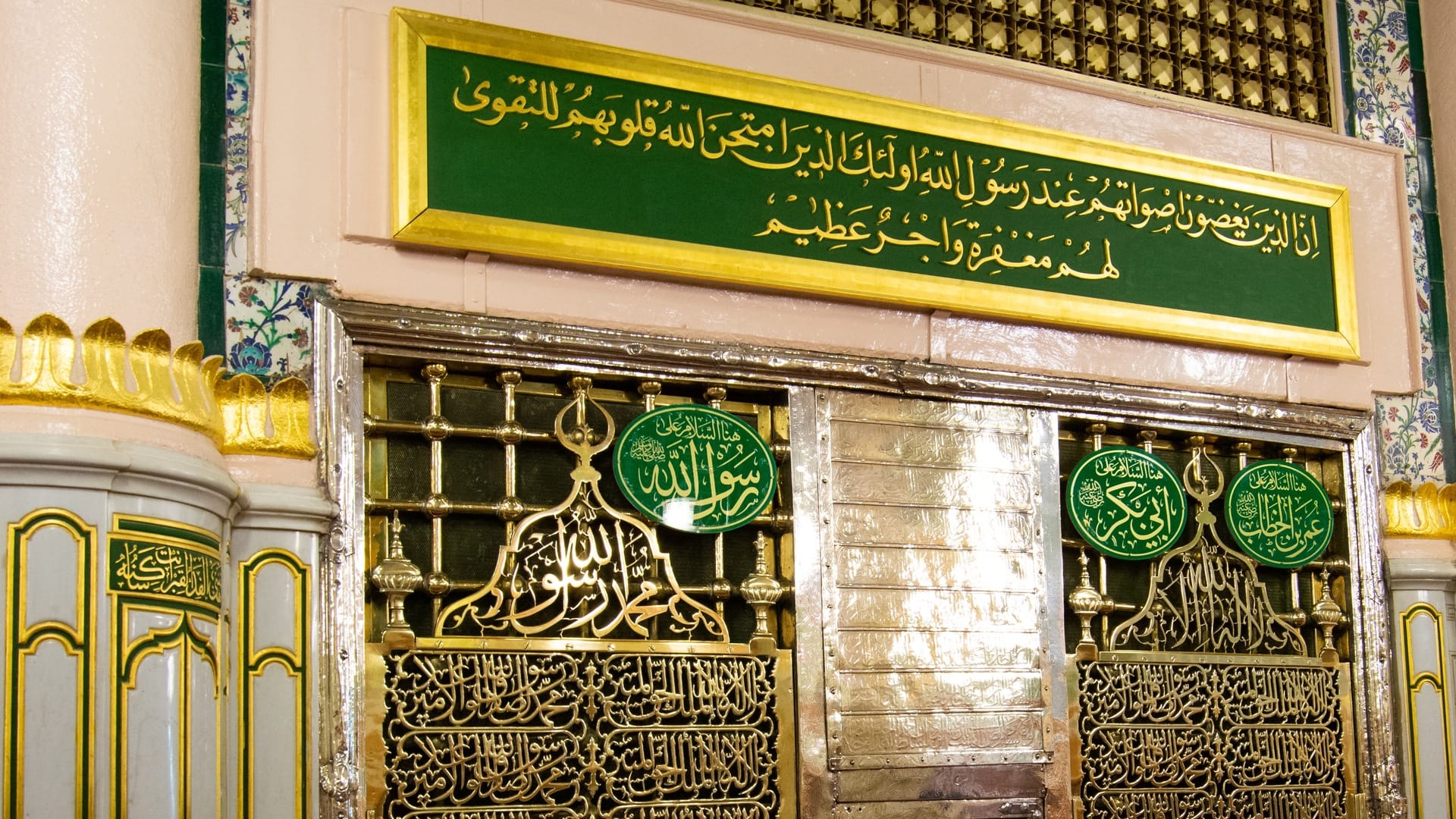
The Rawdah (Riyaz ul-Jannah) is a revered area in Masjid-e-Nabawi, located between the Prophet’s tomb and his pulpit. It is approximately 22 meters long and 15 meters wide, covered in soft green carpeting that distinguishes it from the rest of the mosque. Known as the "Garden of Paradise," this space holds immense spiritual significance. Prayers and supplications made here are believed to be especially blessed.
Pilgrims often aim to perform two rak'ahs of prayer in the Rawdah and spend a few moments in deep du’a (supplication), seeking closeness to Allah in one of the most sacred spots on earth.
Architectural Features of Al Salam Gate
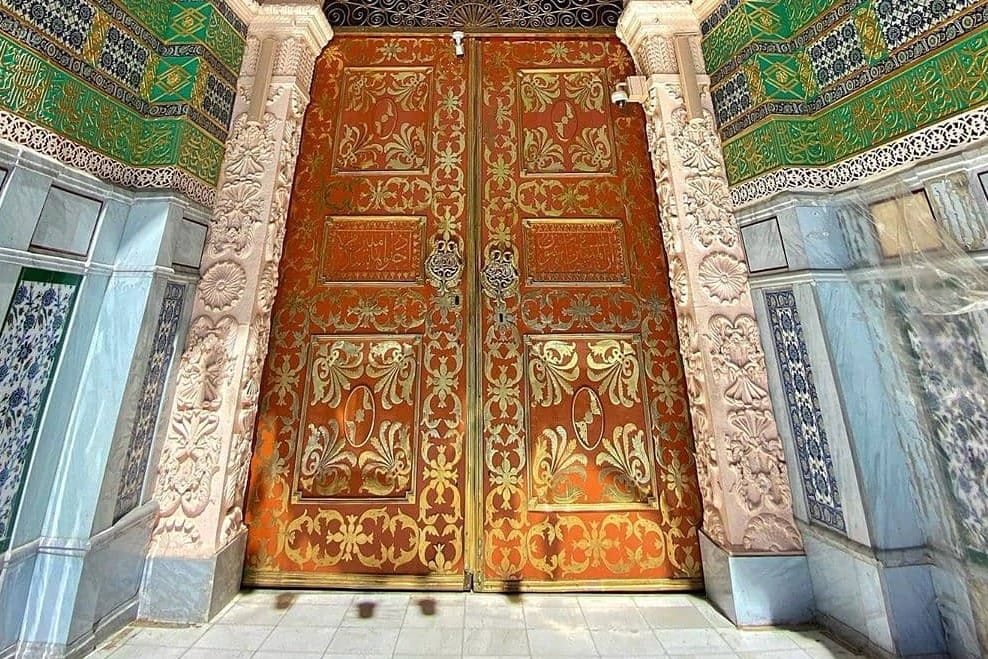
Traditional and Timeless Design
The current version of Al Salam Gate has been restored and expanded multiple times, especially during the major renovations under the Saudi monarchy. Despite modernization, the gate retains its Ottoman architectural roots with grand arches, geometric patterns, and Quranic calligraphy adorning its entrance.
- Material: White marble with golden accents
- Design: Domed ceiling, Islamic motifs, and intricate wood carvings
- Illumination: Soft ambient lighting adds a peaceful glow during night visits
Religious Significance of Salam Gate
Entrance to Rawdah
Pilgrims typically enter through Al Salam Gate to reach Rawdah, following in the footsteps of generations of visitors who have long approached this blessed space with reverence. This entryway allows for a seamless spiritual journey, as it leads directly toward the Prophet’s (ﷺ) sacred resting place.
The flow of pilgrims through Al Salam Gate is carefully organized by mosque authorities, ensuring that those who have booked Rawdah access through the Nusuk App are directed efficiently and respectfully. This system enhances the overall experience, helping worshippers focus fully on their prayers and supplications.
"What is between my house and my pulpit is a garden from the gardens of Paradise." (Sahih al-Bukhari)
Offering Salam to the Prophet (ﷺ)
Just beyond Al Salam Gate lies the Sacred Chamber (Hujrah al-Nabawiyyah), originally the private room of Aisha (may Allah be pleased with her), the beloved wife of the Prophet (ﷺ). It later became the final resting place of Prophet Muhammad ﷺ, who passed away in this room in the year 11 AH.
Beside him lie two of the most revered figures in Islamic history:
- Abu Bakr As-Siddiq (RA) – The first Caliph of Islam and closest friend of the Prophet
- Umar ibn Al-Khattab (RA) – The second Caliph, known for his justice and leadership
Pilgrims pause near this sacred space to offer Salawat—peace and blessings—upon the Prophet (ﷺ), following a tradition that spans over fourteen centuries. Although visitors do not physically enter the chamber, they are guided along the exterior wall to pay their respects in a deeply reverent atmosphere.
Convenient Access via Hop-On Hop-Off Bus
The Madinah Hop-On Hop-Off Bus makes it easy to access Al Salam Gate, with one of its key stops located right near this entrance. This is especially helpful for pilgrims who wish to explore multiple ziyarat landmarks in a single day without the hassle of finding transportation.
A Scenic and Stress-Free Way to Explore Madinah
The bus operates on a circular route that includes some of the city’s most spiritually and historically significant sites. In addition to Al Salam Gate, you can conveniently visit:
- Quba Mosque – the first mosque built in Islam
- Uhud Mountain – site of the famous Battle of Uhud
- Qiblatain Mosque – where the Qibla was changed from Jerusalem to Makkah
- Seven Mosques (Sab'u Masajid) – historically linked to the Battle of the Trench
The buses are air-conditioned, come with multilingual audio guides, and offer the flexibility to explore each site at your own pace. It’s an ideal choice for families, elderly pilgrims, and first-time visitors looking to maximize their experience in Madinah.
Location & Orientation of Salam Gate
- Side: Western wall of Al-Masjid an-Nabawi
- Nearby Landmarks: Near the Al Baqi Cemetery
- For Pilgrims: It is especially designated for those intending to visit the Rawdah
Timing Tips
- Best Time to Visit: Early morning or late evening to avoid crowds
- Entry Restrictions: Often designated for men; women usually enter through different gates as per crowd control regulations
- Current Protocols: Entry to Rawdah requires pre-booking via Nusuk App
Tips for Visitors to Al Salam Gate
Plan Ahead
- Nusuk App Booking: Make sure to reserve your time slot for Rawdah entry in advance.
- Know the Layout: Familiarize yourself with the layout of Masjid un-Nabawi to avoid confusion, especially during peak hours.
- Use the Hop-On Hop-Off Bus: Make sure to book your bus tickets in advance and plan your timing so you arrive early for your Rawdah appointment.
Respect the Etiquette
- Maintain silence and reverence when passing through Al Salam Gate.
- Wear modest attire in line with mosque etiquette.
- Follow guidance of the mosque security personnel.
Nearby Attractions Around Al Salam Gate
1. Jannat Al-Baqi
Just outside Al Salam Gate lies Jannat al-Baqi, the historic cemetery where many of the Prophet’s family and companions are buried. It’s a powerful reminder of Islamic history.
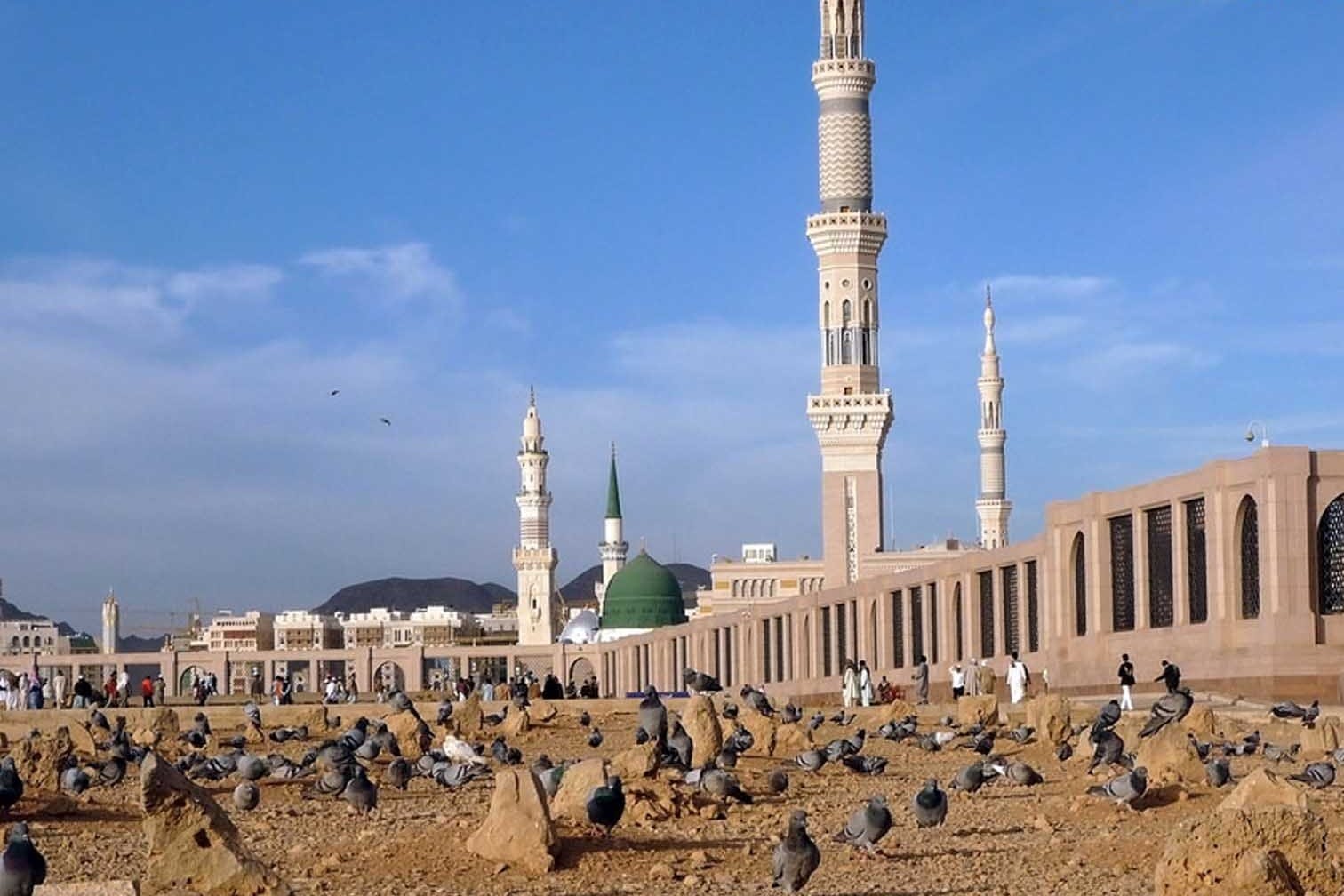
2. Old Bazaar and Souks
Explore the local souks around the western gate, where you can find dates, prayer beads, books, and souvenirs.
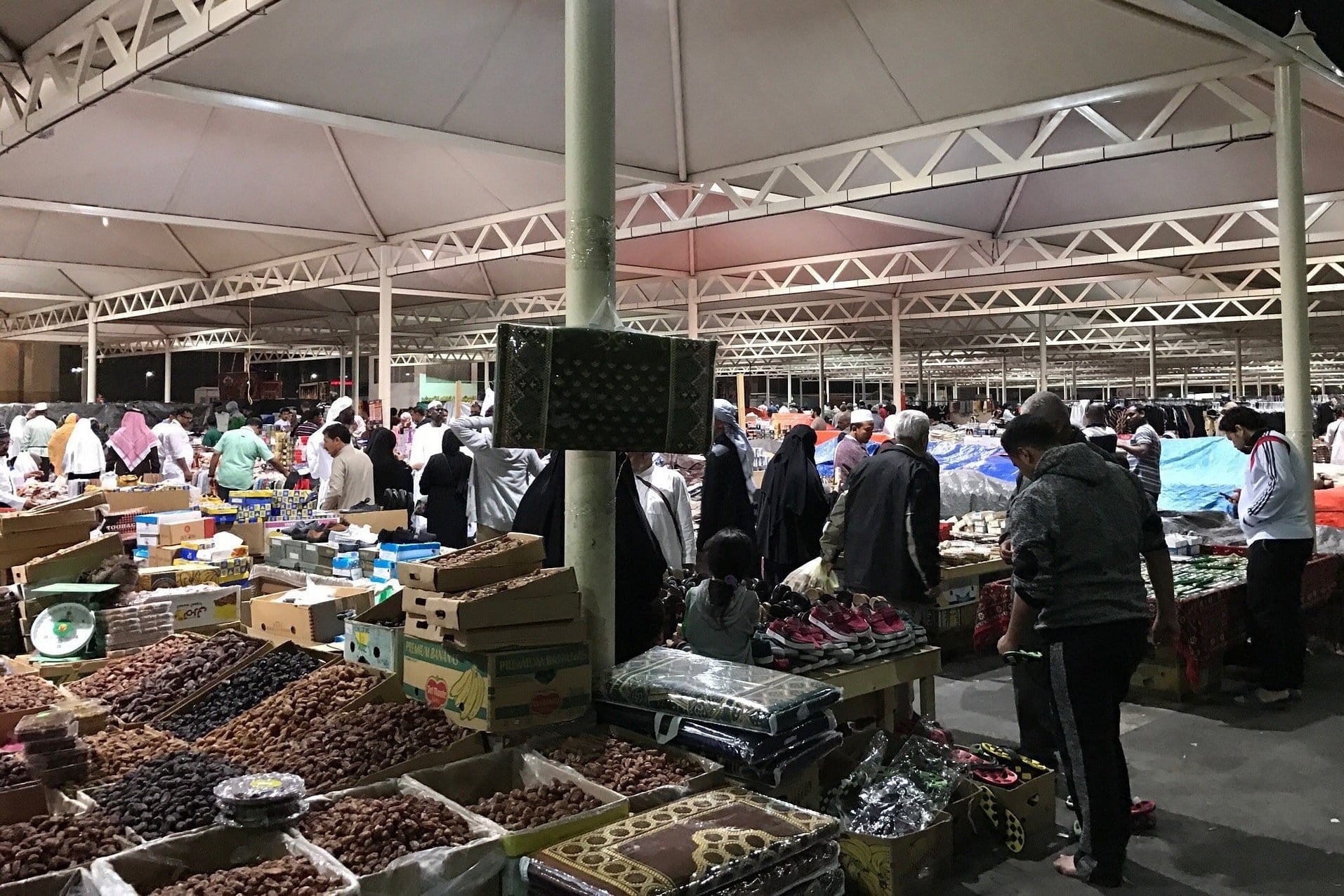
3. King Fahd Expansion Area
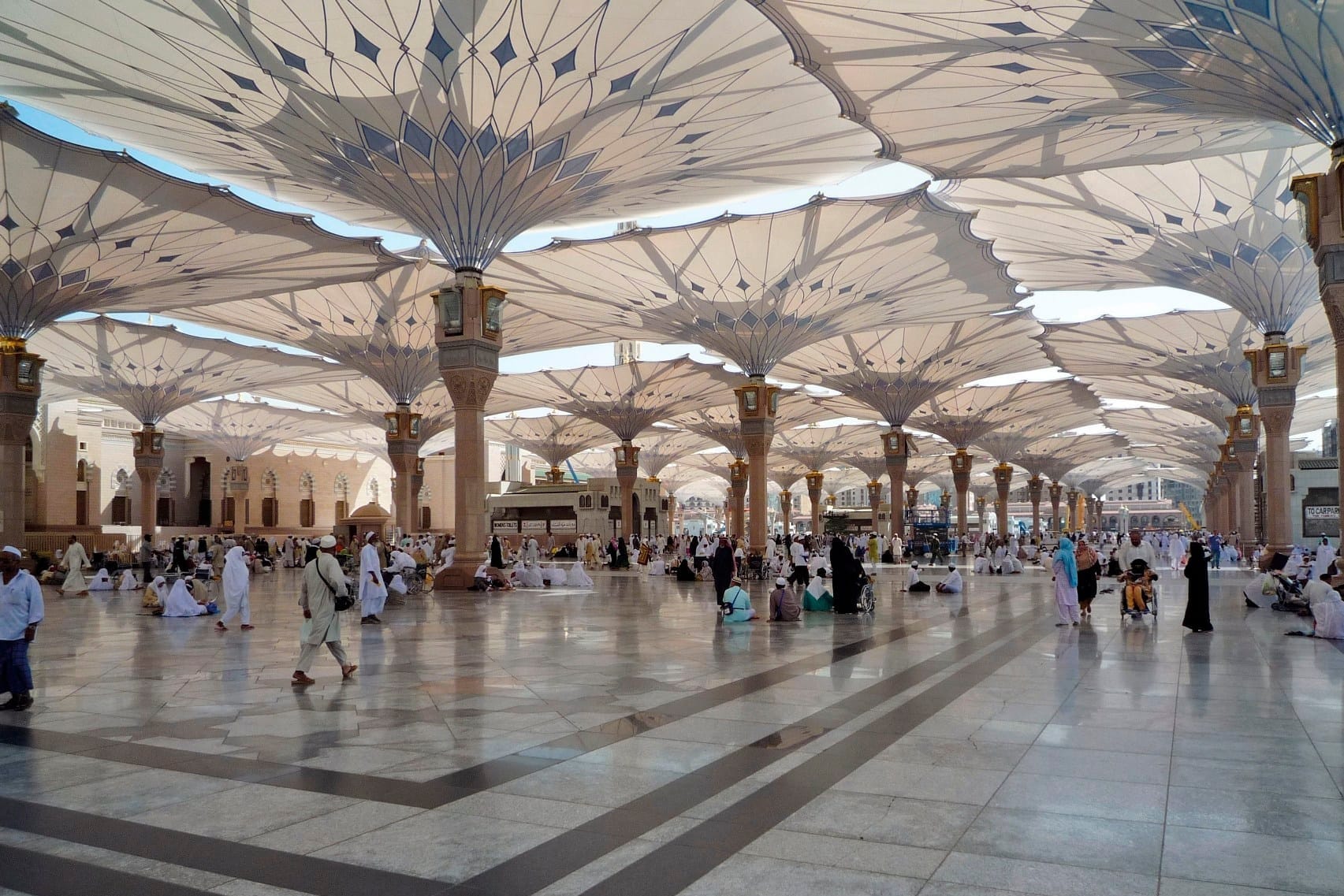
The King Fahd Expansion significantly enlarged Masjid-e-Nabawi, adding prayer space, air-conditioned walkways, and elegant courtyards. The area is known for its giant retractable umbrellas that offer shade and comfort, making the outdoor prayer experience peaceful and practical for large crowds.
Final Thoughts
Visiting Al Salam Gate in Madinah isn’t just about entering a mosque—it’s about walking through a passage of peace, history, and deep spiritual meaning. Whether you're on Umrah, Hajj, or a cultural tour, take a moment to appreciate this iconic gateway that has welcomed millions into the heart of Madinah for centuries.
From its architectural grace to its sacred purpose, Salam Gate in Madinah is a must-know—and must-visit—place for anyone journeying through the Prophet’s city.
May your journey be filled with a deep connection to the sacred legacy of Madinah!

